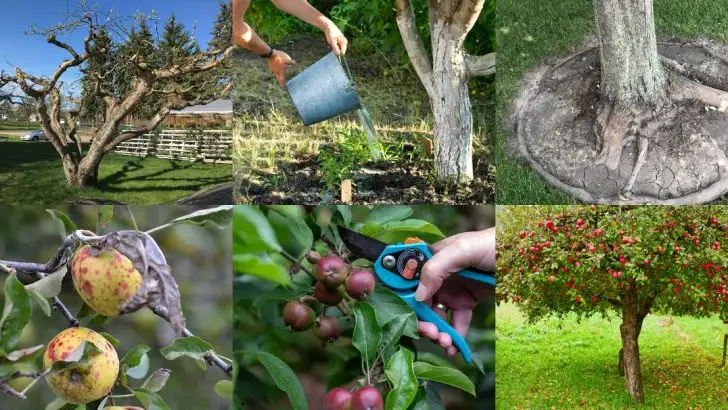That old apple tree in your yard? It’s not past its prime—it’s just waiting for a comeback. The gnarled trunk, the thinning canopy, the tiny, sour fruit—none of that means it’s done. It means it needs a little love, a few bold moves, and maybe a ladder. Reviving an apple tree isn’t just yard work—it’s a mission. One that involves gutsy pruning, strategic feeding, and a bit of patience. The payoff? Buckets of juicy apples and a tree that finally remembers what it’s made of. Whether it’s been neglected for a season or a decade, don’t give up on it yet. Let’s bring that beauty back to life—branch by branch, apple by apple.
Pruning for New Growth
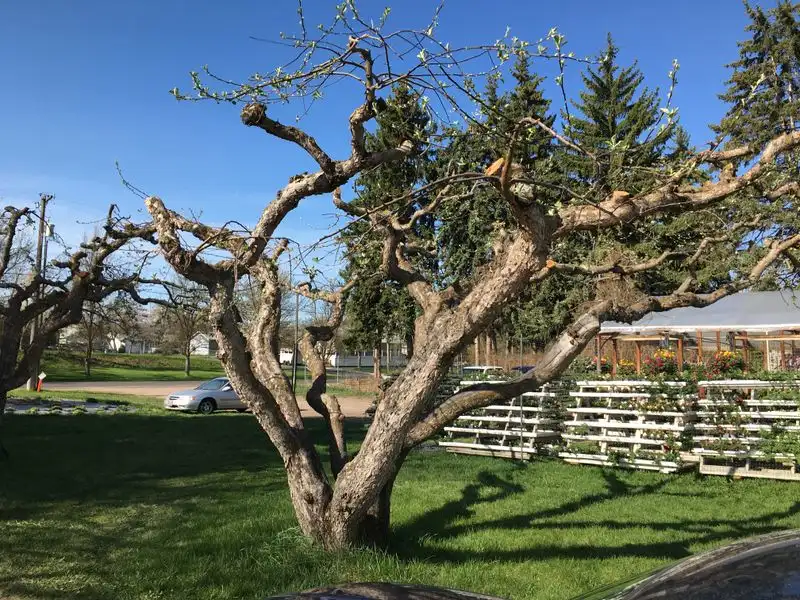
Strategic pruning can be a game-changer for your aging apple tree. Begin by removing dead or diseased branches, which can sap the tree’s energy. Gentle pruning opens up the canopy, allowing sunlight to reach deeper branches. This encourages new growth and fruit development. A balanced approach ensures the tree remains healthy while becoming more productive.
Proper Watering Techniques
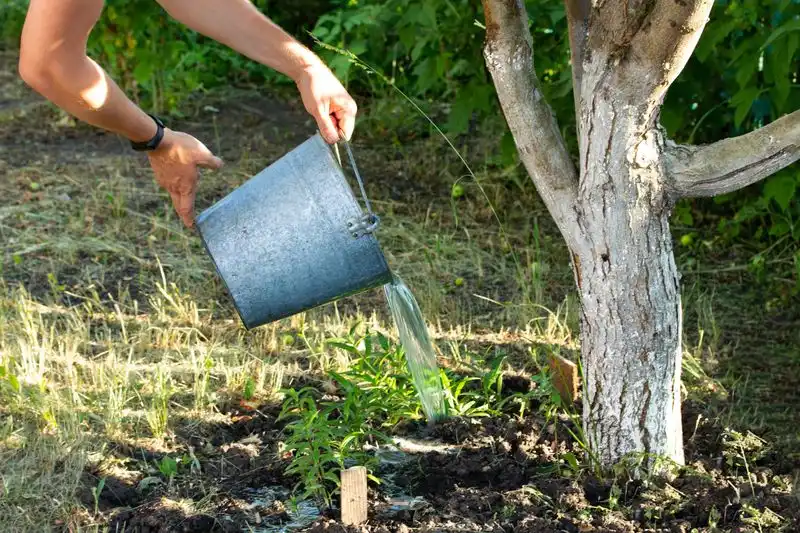
Watering is crucial but must be done wisely. Overwatering can drown roots, while too little leaves them parched. A slow, deep watering method is ideal, ensuring moisture reaches the roots without waterlogging. During dry spells, increase frequency to keep the tree’s thirst quenched. This method strengthens the tree’s resilience and fruit yield.
Soil Enrichment

Healthy soil is the foundation of a fruitful apple tree. Incorporating organic matter like compost or well-rotted manure enriches the soil, improving its structure and fertility. Nutrient-rich soil supports robust root systems and enhances fruit quality. Regular soil testing can guide amendments, keeping your apple tree in peak condition.
Pest and Disease Management
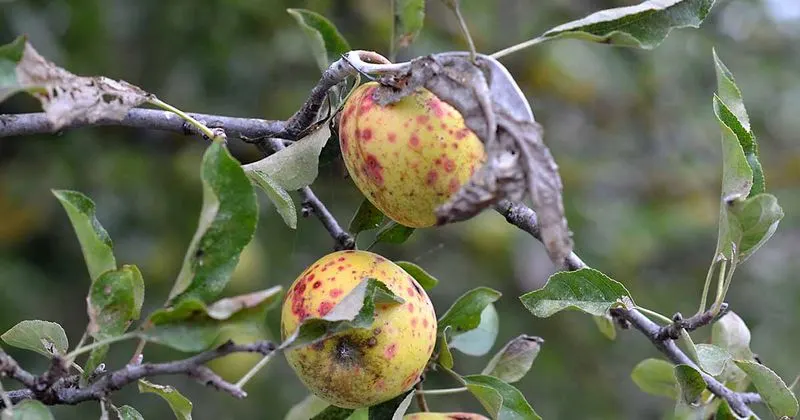
Vigilance is key in managing pests and diseases. Regular inspections help detect issues early, allowing for timely interventions. Natural remedies, such as neem oil or beneficial insects, offer environmentally friendly control. Maintaining tree health reduces susceptibility to pests and diseases, ultimately leading to a more abundant harvest.
Mulching for Moisture Retention

Mulching offers benefits beyond mere aesthetics. It acts as a protective barrier, conserving soil moisture and inhibiting weed growth. Organic mulches, like wood chips or straw, decompose over time, enriching the soil. This practice keeps roots cool and moist, enhancing the tree’s overall vitality and fruit production.
Fertilization Strategy

Fertilization boosts growth and fruiting. Timing is crucial—early spring applications support budding, while summer doses sustain growth. Balanced fertilizers, rich in nitrogen, phosphorus, and potassium, ensure comprehensive nutrition. Adjust formulas based on soil tests for optimal results, promoting vigorous tree health and bountiful harvests.
Thinning Fruit for Quality

Thinning fruit is a secret to quality over quantity. Removing excess apples allows the tree to focus energy on fewer, healthier fruits. This reduces limb stress and increases airflow, minimizing disease risk. The remaining apples grow larger and develop superior flavor, ensuring a more rewarding harvest experience.
Grafting New Varieties

Grafting breathes new life into old trees. Introducing new varieties rejuvenates your tree, offering diverse fruit and extending harvest periods. This technique can enhance resilience against pests and diseases. Grafting requires skill but rewards with a unique and productive tree, combining the best traits of different apple types.
Supportive Tree Staking
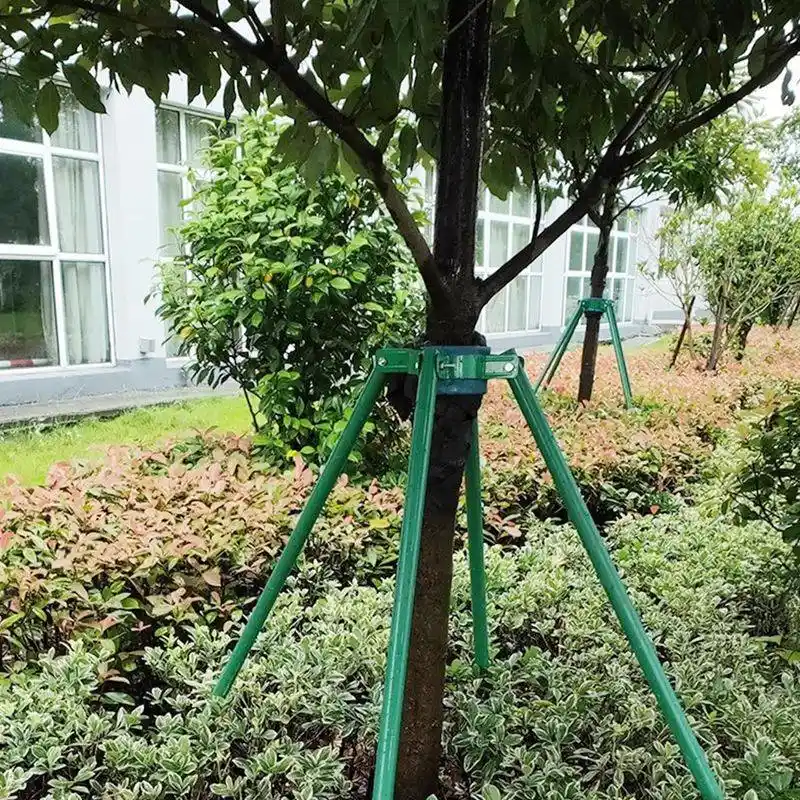
Staking provides essential support, especially for older trees with weakened structures. Proper staking keeps trees upright during storms, preventing limb breakage. Use flexible ties to avoid bark damage. Well-staked trees grow straighter and stronger, enhancing their ability to bear fruit without stress or injury.
Seasonal Dormant Oil Spray
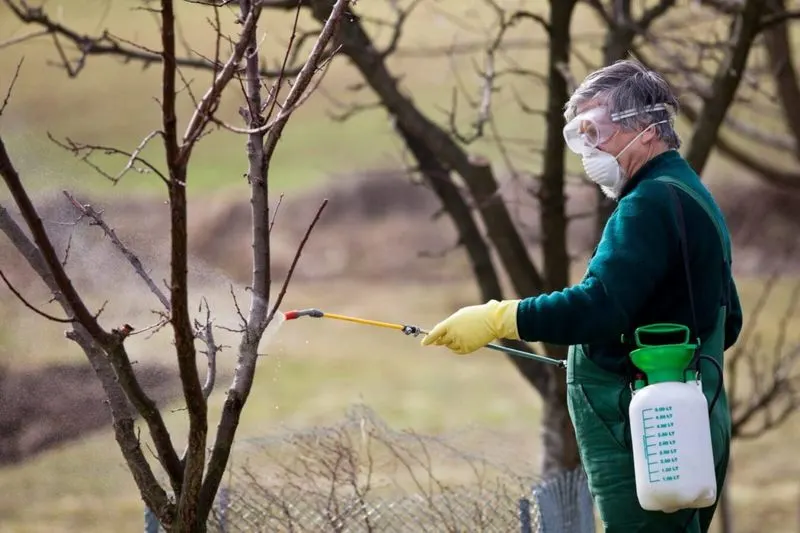
Dormant oil sprays target overwintering pests, offering a clean slate for the growing season. Applied in early spring, these oils smother pests and eggs without harming the tree. Regular use reduces pest populations and disease transmission, setting the stage for healthier growth and a bountiful harvest.
Encouraging Pollinators

Pollinators are essential for a fruitful apple tree. Planting wildflowers or installing bee hotels draws these vital creatures to your garden. A diverse ecosystem enhances cross-pollination, boosting fruit set and quality. Supporting pollinators creates a vibrant, interconnected garden that thrives year after year.
Regular Branch Training
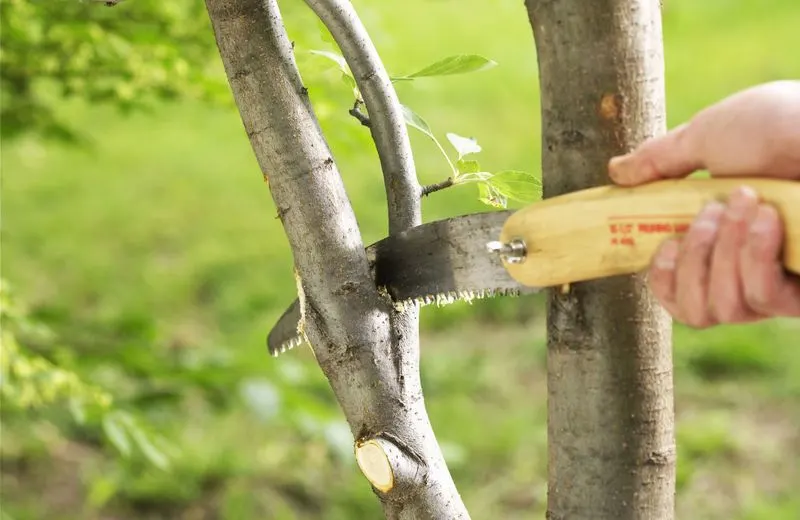
Training branches shapes a tree’s growth and productivity. Using ties or weights, guide branches to optimal positions for sunlight exposure and air circulation. This method strengthens the tree’s framework, reducing breakage and promoting healthier fruit development. Consistent training leads to a well-shaped, bountiful tree.
Managing Competing Vegetation
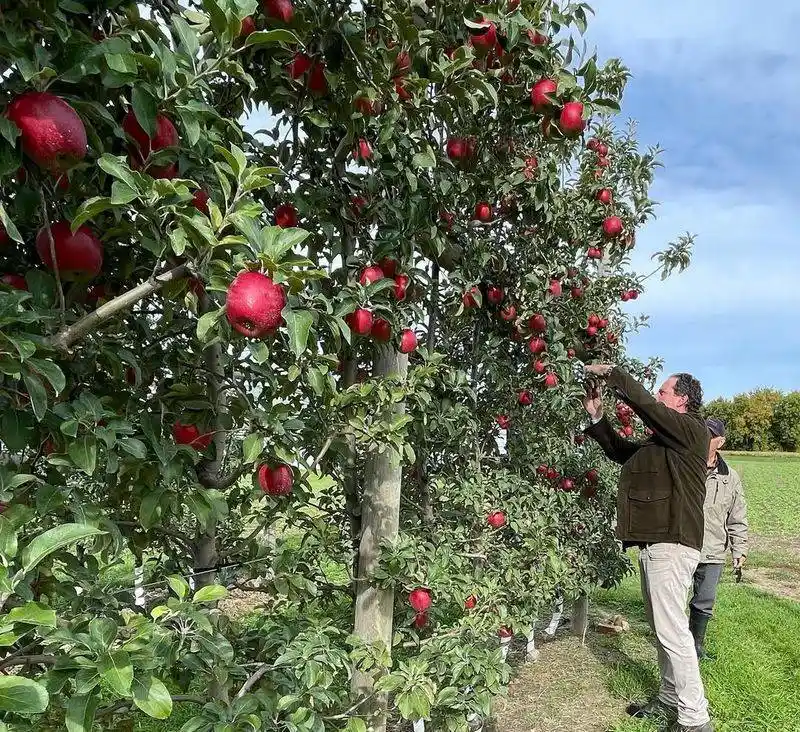
Competing vegetation saps vital resources. Clearing grass and weeds from the tree’s base ensures nutrients and water reach the roots. This practice boosts the tree’s energy, supporting growth and fruiting. A clear base also reduces pest habitats, fostering a healthier environment for your apple tree to flourish.
Using Reflective Mulch
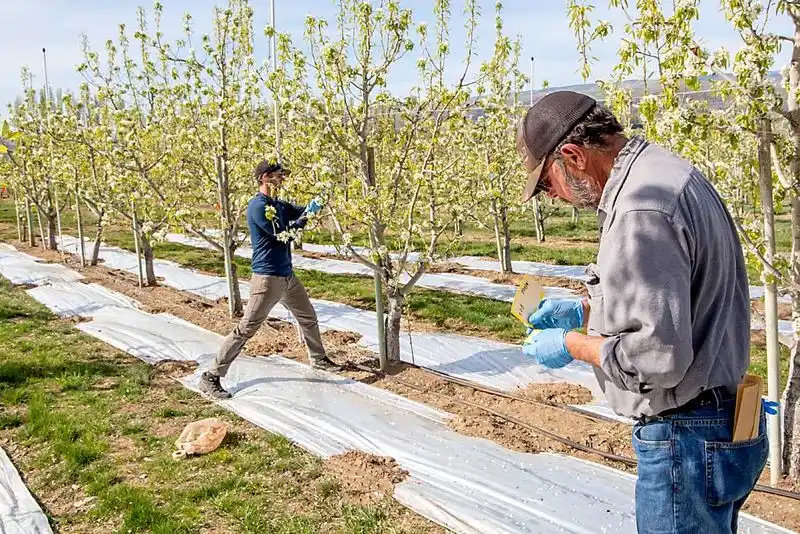
Reflective mulch enhances light exposure. By reflecting sunlight onto lower branches, it boosts photosynthesis and fruit development. This innovative technique complements traditional mulching, providing dual benefits of moisture retention and increased light availability. Reflective mulches can substantially improve fruit yield and quality.
Consideration of Microclimate
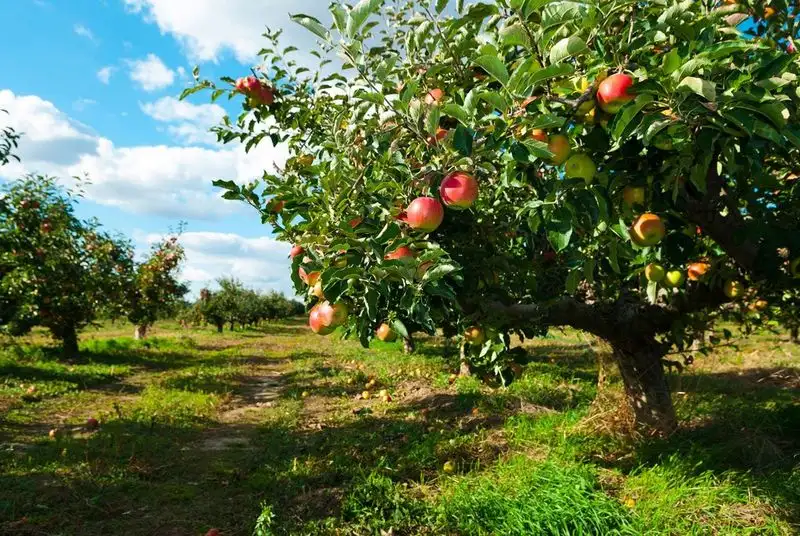
Microclimates influence apple tree health. Planting in sheltered areas protects against harsh winds and frost damage. This consideration enhances growth conditions, ensuring trees thrive in their environment. Understanding and leveraging microclimates can lead to more consistent and abundant harvests, maximizing your apple tree’s potential.

